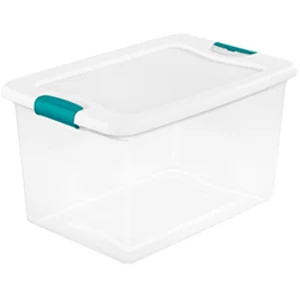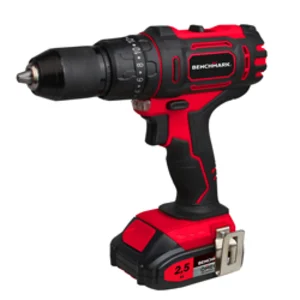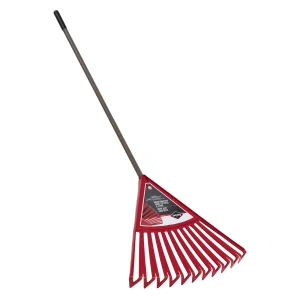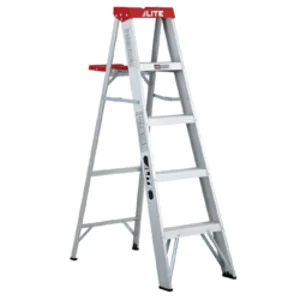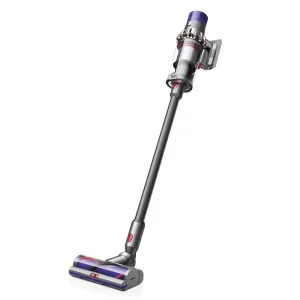Here's How to Prepare Your Home for Tornadoes & Windstorms

Canada experiences an average of 60 tornadoes per year — more than any other country, aside from the United States.
Canada’s “Tornado Alley” covers interior British Columbia, southern Alberta, Saskatchewan, Manitoba, Quebec, as well as western New Brunswick and PEI, but the risk occurs elsewhere, too. Tornado season peaks in summer, but other months also carry the potential for this weather emergency. Here’s how to protect your family and home.
Damage Prevention
A solid damage prevention strategy to protect your home from tornadoes and extreme wind includes long-term planning and emergency preparation.
Long-Term Planning
Tornado-proofing your home centres on improvements that boost the structural integrity of your home and minimize the potential for damage from flying debris. Some of these updates and upgrades are DIYable, while others may require professional assistance.
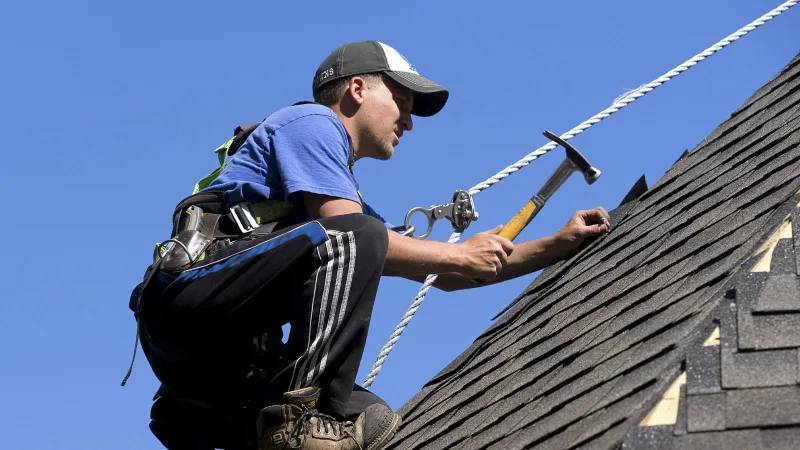

TIP: Check your homeowner, commercial and/or farm insurance to understand what types of damage are covered and to ensure the current value of your home and property are reflected.
Home Protection Products
Gear up with essential equipment and supplies to help prepare your home for tornadoes and windstorms.
TIP: You don’t have to tackle your tornado-proofing action list all at once. Prioritize upgrades based on need and budget.
Emergency Preparedness
What to Do if There’s a Windstorm or Tornado Warning
Tornadoes cannot be predicted in advance, as they emerge from specific conditions within thunderstorms. By responding quickly to a windstorm (a thunderstorm with high winds, heavy rain and/or hail), homeowners will be partially ready if Environment Canada issues a tornado warning. Here’s how to prepare for each severe weather scenario.

TIP: If you live in a region that’s prone to tornadoes, keep your radio on during heavy thunderstorms to ensure you never miss a tornado warning.
Emergency Kit Essentials
Here’s What You’ll Need For Up to 3 Days Away from Home
Create Your Emergency Kit
If you need to evacuate, you may not have time to gather essential items. Plan ahead and keep everything together in a large bin, backpack or hockey bag, so you can quickly load your vehicle and head out. Here are some of the essential things you can add to your kit.
TIP: Store your tornado emergency kit near the secure indoor area where you take shelter. Ideally, this would be a basement or cellar, but an interior main floor room (such as a bathroom, closet or stairwell) without windows or exterior walls also works.
Damage Prevention
A solid damage prevention strategy to protect your home from tornadoes and extreme wind includes long-term planning and emergency preparation.
Long-Term Planning
Tornado-proofing your home centres on improvements that boost the structural integrity of your home and minimize the potential for damage from flying debris. Some of these updates and upgrades are DIYable, while others may require professional assistance.


TIP: Check your homeowner, commercial and/or farm insurance to understand what types of damage are covered and to ensure the current value of your home and property are reflected.
Home Protection Products
Gear up with essential equipment and supplies to help prepare your home for tornadoes and windstorms.
TIP: You don’t have to tackle your tornado-proofing action list all at once. Prioritize upgrades based on need and budget.
Emergency Preparedness
What to Do if There’s a Windstorm or Tornado Warning
Tornadoes cannot be predicted in advance, as they emerge from specific conditions within thunderstorms. By responding quickly to a windstorm (a thunderstorm with high winds, heavy rain and/or hail), homeowners will be partially ready if Environment Canada issues a tornado warning. Here’s how to prepare for each severe weather scenario.

TIP: If you live in a region that’s prone to tornadoes, keep your radio on during heavy thunderstorms to ensure you never miss a tornado warning.
Emergency Kit Essentials
Here’s What You’ll Need For Up to 3 Days Away from Home
Create Your Emergency Kit
If you need to evacuate, you may not have time to gather essential items. Plan ahead and keep everything together in a large bin, backpack or hockey bag, so you can quickly load your vehicle and head out. Here are some of the essential things you can add to your kit.
TIP: Store your tornado emergency kit near the secure indoor area where you take shelter. Ideally, this would be a basement or cellar, but an interior main floor room (such as a bathroom, closet or stairwell) without windows or exterior walls also works.
Damage Cleanup
Cleaning up after a windstorm or tornado may vary, from minimal to extensive. Tornadoes vary in size and speed; in some cases, a home may experience minor exterior damage, while in others, it may be destroyed. Here’s how to deal with the aftermath of a tornado or windstorm, from damage assessment to cleaning and repairs.
Check Your Home for Tornado & Storm Damage
Here’s How to Assess Your Home for Tornado & Windstorm Damage
Don’t leave your shelter until you hear an all-clear from local authorities (check your radio or phone). Be cautious exploring your property after any severe weather as there may be structural damage, live wires and other hazards to contend with.

TIP: If you stay in a hotel as a result of tornado damage to your home, talk to your insurance agent. Hold onto all your food and lodging receipts, as these costs may be covered by your insurance.
Safe Cleanup & Repairs
Here’s How to Clean Up & Tackle Repairs After a Tornado

TIP: Minimally water-impacted floors can be deep cleaned and dried (direct a powerful fan and open the windows afterwards), but flooded or heavily water-damaged flooring must be removed and replaced once the subfloor is in suitable condition.
Home Cleanup & Repair Products
Get your house back to being a home after tornado and storm damage. These home supplies, tools and equipment can help you get your property back on track.
TIP: If tornado damage was accompanied by flooding, be aware that mould can develop within 24 to 48 hours. If safe, utilize fans, dehumidifiers and air-conditioners to dry out your home as quickly as possible.
Here’s How to Clean Up Your Yard
In some cases, post-tornado or windstorm damage may be limited to your home’s landscaping. If this is the case, here’s how to clean up.



